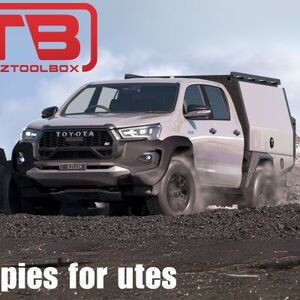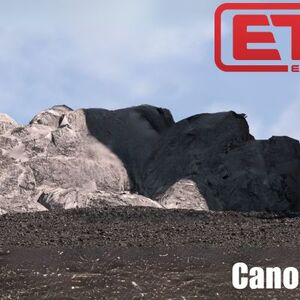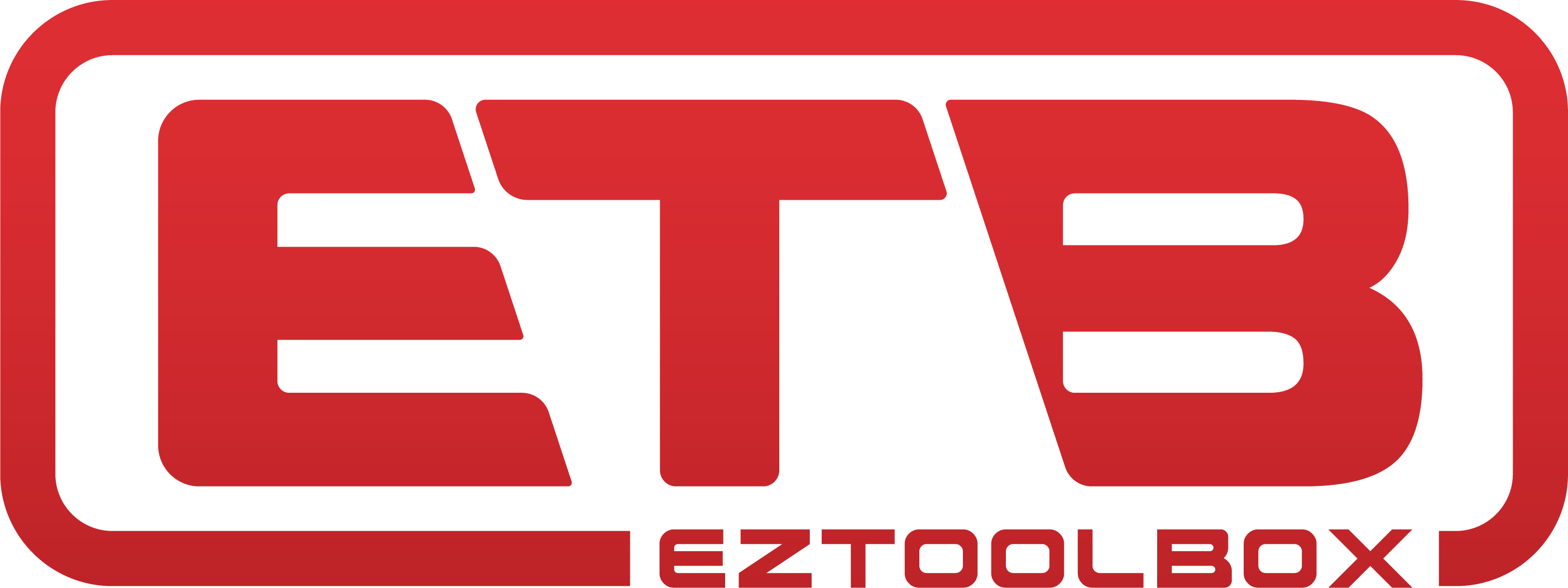Canopies for Utes: Aluminium or Fiberglass?


When it comes to equipping a ute for work or adventure, the canopy you choose plays a pivotal role in maximizing functionality, security, and protection. Among the materials available, aluminium and fibreglass dominate the landscape, each offering distinct advantages and trade-offs. Aluminium canopies are prized for their lightweight durability and ease of customization, making them a favourite among tradespeople and off-roaders. On the other hand, fibreglass canopies are valued for their seamless finish, corrosion resistance, and stylish appearance, often appealing to those prioritizing aesthetics and weatherproofing.
Making the right choice depends not only on appearance but also on factors like weight, maintenance, impact resistance, and long-term performance in varying conditions. Navigating these options with real-world data and case studies can clarify the best fit for individual needs.
Canopies for Utes: Aluminium or Fiberglass – The Ultimate Guide to Making the Right Choice
In this guide, we will explain the crucial differences between aluminium and fibreglass canopies for utes, backed by factual insights, so that every ute owner can make an informed decision suited to their unique lifestyle and work demands.
Understanding Ute Canopies
Ute canopies are essential accessories designed to cover the tray area of utility vehicles, enhancing both protection and versatility. The primary purpose of a ute canopy is to secure goods and equipment from environmental elements, theft, and damage while improving load organization. They vary in size and shape to suit different vehicle models and user needs — including half canopies, ¾ canopies, and full canopies. These options provide different levels of coverage and storage capacity.
When selecting a canopy, it's important to consider compatibility with your ute's model and tray size to ensure a perfect fit, preventing issues like rattling and water leaks. Functionality such as window placement, door types, lock security, and access ease are also critical. Security features, including lockable doors and reinforced hinges, protect your gear effectively. Additionally, canopy weight impacts fuel efficiency and vehicle handling, making lightweight yet durable construction important. Ute canopies come in various materials — aluminium and fibreglass being the most common — each offering distinct advantages in durability, maintenance, weight, and aesthetics.
Aluminium Canopies: Strength in Lightweight Metal
Aluminium ute canopies have become a preferred option for many due to their combination of strength and lightness. Aluminium frames offer a sturdy construction that withstands impact and heavy use while contributing less weight than alternatives. This lighter weight benefits fuel efficiency, handling, and suspension wear, especially for drivers who carry heavy loads or cover long distances.
Aluminium’s natural corrosion resistance means it handles harsh weather conditions without rusting, though it may develop oxidation, which does not compromise its integrity if properly treated. These canopies often feature powder-coated or anodized finishes, enhancing durability and appearance.
Maintenance requirements are low with aluminium—they don’t crack, warp, or degrade like some other materials. This resilience translates into longer service life and fewer repair costs. Aluminium canopies also facilitate customization, with many models allowing easy integration of shelves, drawers, toolboxes, and roof racks for tradespeople and outdoor enthusiasts alike. Custom colour powder-coating also helps match the canopy to the vehicle.
Aluminium canopies usually come at a higher initial price point but provide excellent long-term value given their durability and minimal upkeep. Their rugged build suits heavy-duty use including work sites, off-roading, and transporting sensitive equipment.
Fibreglass Canopies: Strength in Style and Weatherproofing
Fibreglass canopies appeal to those who value a sleek, polished look combined with excellent weatherproofing. Constructed from resin and reinforced glass fibers, fibreglass produces a rigid, hard shell that resists dents but can crack or chip with sharp impacts. Quality fibreglass canopies from reputable manufacturers mitigate brittleness, offering long-lasting durability.
Fibreglass is inherently impervious to rust or corrosion, making it ideal for use in humid or coastal environments where metal may degrade. The material also offers UV resistance, reducing fading and surface damage from sun exposure.
Due to their rigid construction, fibreglass canopies are generally heavier than aluminium, which has a minor effect on fuel consumption and vehicle dynamics. However, the weight difference is often negligible for typical users.
A key advantage of fibreglass is the ability to mold smooth, aerodynamic shapes that seamlessly follow the contours of the ute cab. This provides an integrated, flush appearance that many owners find visually appealing. Fibreglass canopies also offer better colour matching options than powder-coated aluminium, appealing to those who want a coordinated vehicle aesthetic.
Maintenance mainly involves preserving the protective resin coating to avoid surface wear and occasional cosmetic repairs if damage occurs. Fibreglass canopies emerge as top contenders for urban users, light-duty work, and recreational users who prioritise style and weather resistance over heavy load capacity.
Comparative Insights
When comparing aluminium and fibreglass canopies, several clear differences help guide selectors:
-
Weight: Aluminium canopies are lighter by roughly 15-25 kilograms, providing better fuel economy and reduced suspension strain.
-
Durability: Aluminium handles rough impacts better without cracking, though it can dent. Fibreglass avoids dents due to rigidity but is prone to cracking on sharp impacts.
-
Corrosion Resistance: Fibreglass is completely rust-proof and best for corrosive environments. Aluminium resists rust but can oxidize if untreated.
-
Maintenance: Aluminium requires less routine care and maintains structural integrity longer. Fibreglass needs occasional surface re-coating and is more vulnerable to cosmetic damage.
-
Aesthetics: Fibreglass offers superior styling with smooth surfaces and colour matching, while aluminium prioritizes rugged utility with powder-coated finishes.
-
Customization: Aluminium easily accepts modifications, including integrated storage solutions; fibreglass is more limited structurally.
-
Price: Fibreglass often has a lower upfront cost, but aluminium offers better life-cycle value due to greater durability and less maintenance.
These differences translate into practical choices based on use case scenarios: aluminium for trade, heavy-duty, and off-road use; fibreglass for style-conscious users and lighter workloads.
Practical Considerations for Ute Owners
When choosing a canopy, understand your specific application, budget, and priorities:
-
For Work: If your ute regularly carries heavy tools, equipment, or faces harsh environments, aluminium is preferable for its lightweight yet tough construction and ease of customization with shelves and drawers.
-
For Recreational Use: Fibreglass suits leisure users seeking weatherproof, stylish canopies that blend well with vehicle aesthetics. Its corrosion resistance is an advantage for coastal or humid areas.
-
Weight Sensitivity: Frequent or long-distance drivers benefit from aluminium’s lighter weight, improving fuel efficiency and vehicle handling.
-
Climate and Corrosion: Coastal or salty environments favour fibreglass to avoid metal oxidation issues. Inland users may lean towards aluminium with proper maintenance.
-
Budget Implications: Consider initial investment versus long-term costs. Fibreglass may be cheaper initially but could incur more repairs; aluminium’s upfront cost is balanced by longevity.
-
Modification Needs: Tradespeople requiring integrated storage or accessories will find aluminium’s adaptability advantageous.
-
Security: Both materials support lockable doors and anti-theft features, but heavy-duty aluminium canopies often provide enhanced protection for valuable gear.
These factors ensure the choice matches real-world use, sustaining performance and user satisfaction over time.
Key Takeaways — Aluminium vs Fibreglass Ute Canopies
| Feature | Aluminium Canopies | Fibreglass Canopies |
|---|---|---|
| Weight | Lighter (15-25 kg less) | Heavier |
| Impact Resistance | Dents possible but resists cracking | Can dent-proof, prone to cracks |
| Corrosion Resistance | Rust-resistant, may oxidize | Completely rust-proof |
| Maintenance | Low-maintenance | Requires resin coating upkeep |
| Aesthetics | Rugged look, powder-coated | Sleek, smooth finish, color-match |
| Customisation | Easy modification and accessories | Limited structural changes |
| Cost | Higher upfront, longer lifespan | Lower initial, potential repairs |
| Ideal User | Trades, off-road, heavy-duty | Recreational, style-focused |
Frequently Asked Questions (FAQs)
Q: Which canopy material offers better fuel efficiency?
A: Aluminium canopies are lighter, reducing weight and improving fuel efficiency compared to fibreglass.
Q: Are aluminium canopies prone to rust?
A: Aluminium resists rust but may develop oxidation; proper powder coating prevents this.
Q: Can fibreglass canopies be repaired easily?
A: Fibreglass repairs require specialized work; cracks can be fixed but may not restore original strength fully.
Q: Which canopy is better for coastal regions?
A: Fibreglass is generally better due to its inert, rust-free composition.
Q: Do both canopy types support customization?
A: Aluminium is easier to modify structurally; fibreglass has limited options for major changes.
Q: What canopy is better for heavy-duty use?
A: Aluminium’s durability and lighter weight make it preferable for heavy-duty and trade applications.
Summary
Choosing between aluminium and fibreglass canopies for utes ultimately depends on balancing priorities like durability, weight, maintenance, and aesthetics. Aluminium canopies stand out with their lightweight yet strong construction, offering excellent resistance to dents and impact while maintaining good corrosion resistance. They require minimal upkeep and allow easy customization, making them ideal for tradespeople, off-roaders, and heavy-duty users seeking lasting performance.
Meanwhile, fibreglass canopies impress with their sleek design, superior weatherproofing, and complete rust immunity. Their molded, smooth finish enhances vehicle aesthetics, appealing to recreational users and those in coastal or humid environments. While heavier and sometimes more susceptible to cracking, fibreglass remains a solid choice for light to moderate use prioritizing style and protection from the elements.
Both materials have benefits tailored to different lifestyles and work demands. Considering factors such as how often the canopy will be used, the typical cargo weight, appearance preferences, and local climate will guide the best choice. Investing in a quality product from reputable manufacturers ensures greater longevity and satisfaction. Ultimately, a well-chosen aluminium or fibreglass ute canopy will boost your vehicle’s functionality, security, and look—making your investment worthwhile for years to come.






